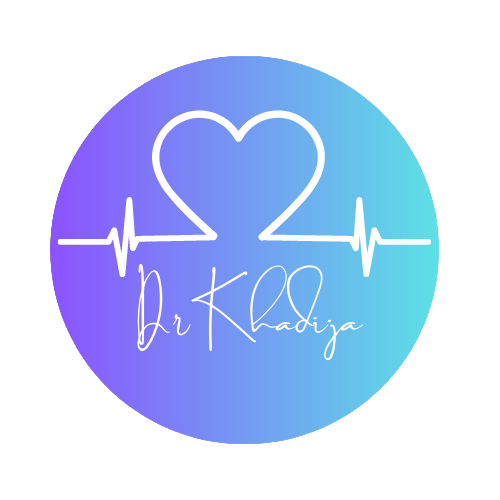Lactose Free Is Not Fully Lactose Free – Reveal Truth

Are you among those who have been relying on “lactose free” labels to enjoy dairy products without the discomfort? If so, it’s crucial to understand that the term “lactose free” doesn’t necessarily mean the product is entirely devoid of lactose. In this article, we delve into the intricacies of lactose free FDA labels and explore the distinction between lactose free and dairy free.
The pursuit of comfort for those with lactose intolerance has led to the advent of “lactose free” products, promising the enjoyment of dairy without the digestive distress. However, the concept of “lactose free” warrants closer scrutiny to ensure that individuals can make informed dietary choices.
Understanding Lactose Intolerance
Lactose intolerance is a common digestive disorder characterized by the body’s inability to fully digest lactose, the sugar found in milk and dairy products. Unlike an allergy, lactose intolerance doesn’t involve the immune system; instead, it arises due to insufficient levels of the enzyme lactase needed to break down lactose.
FDA Definition of Lactose Free
Contrary to popular belief, the FDA doesn’t have a specific definition for “lactose free” since lactose intolerance isn’t considered an allergy. Nevertheless, manufacturers are obligated to be truthful about their product ingredients. If a product contains lactose, it must be clearly indicated on the label. According to FDA guidelines, products labeled as lactose free must be entirely devoid of lactose.
Catch with Reduced Lactose Products
Products claiming to be “reduced lactose” raise a valid concern. These products are not equivalent to “lactose free” products, as they contain less lactose than regular dairy items, but still, may contain a certain amount of lactose. Therefore, it’s important for consumers to be aware of the distinction and make choices aligned with their dietary needs.
Lingering Milk Protein Presence
Even when lactose is meticulously removed from a product, traces of milk protein can persist. Ingredients such as milk, cream, whey, cheese, and others can still introduce milk protein into the mix, potentially affecting individuals with dairy sensitivities.
Lactose Free vs. Dairy Free
It’s crucial to recognize that “lactose free” and “dairy free” are not interchangeable terms. Lactose free products can still contain dairy components, excluding lactose. This distinction arises from the fact that lactose intolerance and dairy allergies are separate concerns.
Role of Casein
A significant consideration lies in the presence of casein, a protein derived from milk. Even when products are dairy free, they may still contain casein, posing a challenge for those avoiding milk derivatives. This underscores the importance of comprehensive labeling to cater to individuals following specific diets.
Clarity in FDA Labels
Given the intricacies of dietary restrictions, FDA labels play a pivotal role in aiding consumers’ decision-making. Transparent labeling is essential to ensure individuals are well-informed about potential allergens and sensitivities.
Catering to Sensitive Consumers
Highly sensitive consumers, including those adhering to dairy free or vegan diets, rely on accurate and clear labeling to make suitable choices. This highlights the need for manufacturers to prioritize transparency in ingredient lists.
Demystifying Lactose Free Labels
To avoid misunderstandings, it’s imperative for consumers to demystify “lactose free” labels. While these labels indicate the absence of lactose, they do not guarantee the absence of milk protein or other dairy components.
Read the Lactose Free Label
When selecting products, it’s advisable to not solely rely on the “lactose free” label. Careful scrutiny of the ingredient list can provide a more comprehensive understanding of the product’s composition.
Lactose Free: A Step towards Comfort
For individuals with lactose intolerance, “lactose free” products offer a pathway to enjoying dairy without the usual discomfort. However, understanding the nuances of these labels empowers consumers to make choices aligned with their dietary requirements.
Navigating Dairy Free and Vegan Diets
Individuals pursuing dairy free or vegan lifestyles must be vigilant in deciphering ingredient labels. While “lactose free” may be suitable, the presence of casein or other milk derivatives can still pose challenges.
Transparent Labeling
In conclusion, the world of “lactose free” labels isn’t without complexity. Transparent and accurate labeling remains pivotal in ensuring consumer safety and satisfaction. By acknowledging the distinctions between “lactose free” and “dairy free,” individuals can make choices that align with their dietary needs.
Frequently Asked Questions
Is “lactose free” the same as “dairy free”?
No, “lactose free” products may still contain dairy components, excluding lactose. “Dairy free” implies the absence of all dairy related ingredients.
Can a product labeled as “lactose free” still have milk protein?
Yes, even in “lactose free” products, milk protein may be present, especially if the product contains dairy derivatives like casein.
Are “reduced lactose” products completely safe for individuals with lactose intolerance?
“Reduced lactose” products have less lactose but may still contain traces. Those with high sensitivity should exercise caution.
Why is transparent labeling important for consumers?
Transparent labeling helps consumers identify potential allergens or sensitivities, enabling informed dietary choices.
Should individuals with dairy allergies avoid “lactose free” products?
Individuals with dairy allergies should be cautious, as “lactose free” products can still contain milk protein or derivatives.






















